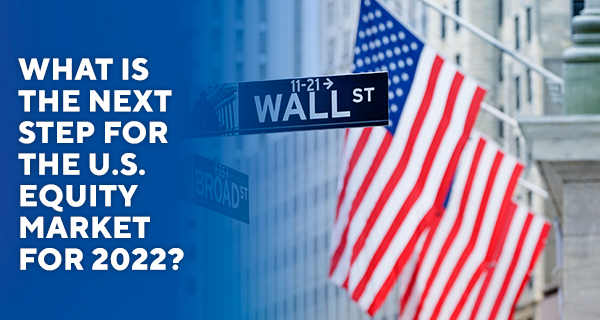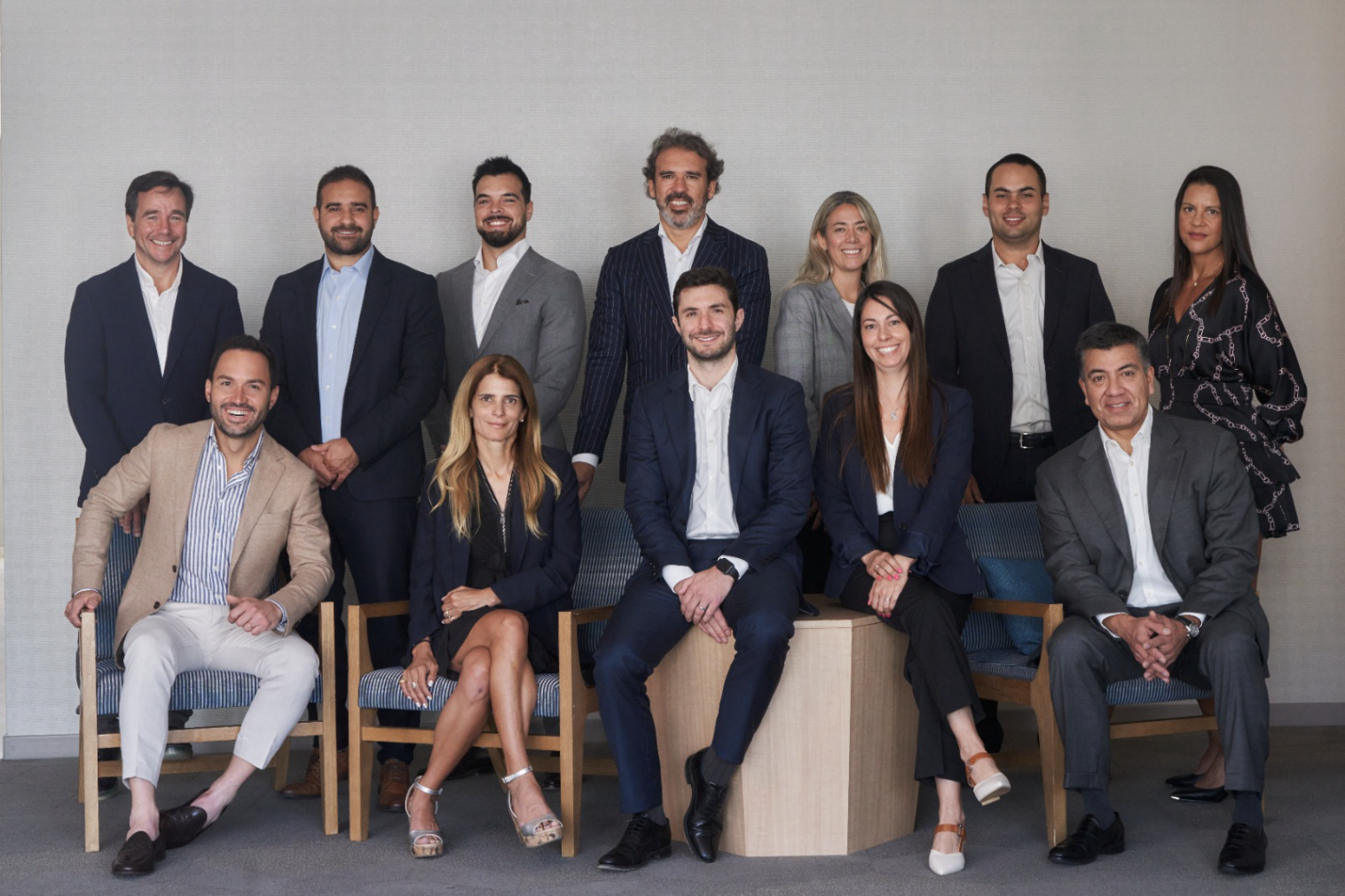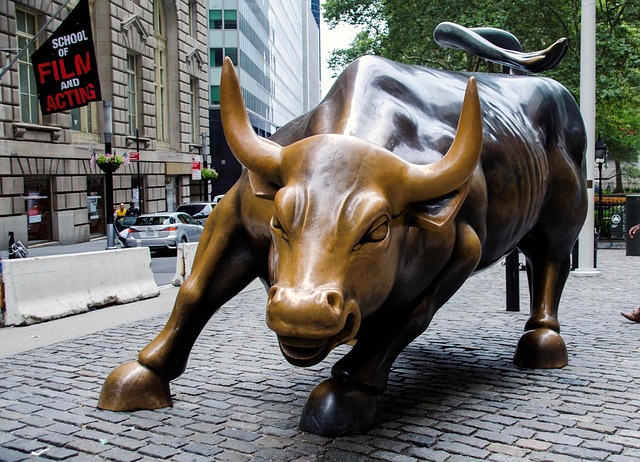Jeff Klingelhofer (Thornburg IM):”The Returns Seen Over the Past Years Are Not Sustainable in the Medium Term”
| By Cecilia Prieto | 0 Comentarios
Inflation, tapering, valuations… what should we expect from global fixed income the year going forward? Jeff Klingelhofer, co-head of Investments at Thornburg IM, shares his view on the biggest opportunities and challenges in 2022.
With 2021 in the rear-view mirror, what are the biggest lessons you’ve learned over the past year? Did anything take you by surprise?
Navigating 2020 was not an easy feat, but after coming to grips with a global pandemic—and with the assistance from fiscal and monetary policy- makers around the world—the global economy and financial markets not only regained their footing but delivered extraordinary 2021 results that astonished investors. The biggest lesson in 2021 was that we should never discount the market’s ability to rally in the face of unknowns and adversity. The other lesson was to never discount the consumer’s ability to power the economy and drive company earnings growth. Bolstered by rounds of relief checks from the federal government, in the first half of 2021 consumer spending quickly recovered from its modest 2020 contraction and became the clear driver of economic growth.
Turning to fixed income specifically, the bond markets likewise did not follow the script many had expected. Buoyed by the central bank’s accommodative policies, as well as the government’s multi-trillion-dollar pandemic relief package, credit spreads between U.S. corporate debt and Treasuries narrowed to their lowest levels in more than a decade. A similar story held true for the high-yield bonds, where spreads collapsed and prices rallied.

Looking ahead to next year, what are your expectations for inflation and economic growth in 2022?
Our perspective is that inflation has been broadly a transitory phenomenon, as we expect supply bottlenecks to heal to some degree in 2022— although not dramatically. We also believe consumption demand will slow, as consumers have long ago tapped into their stimulus checks and personal savings levels are decreasing. Taken together, the supply-demand imbalance seen in the past year will improve, but wages will likely remain higher. So, we expect overall inflation to remain elevated, but it should begin to soften and remain moderate in 2022. Our expectations for economic growth next year will hinge on these questions: How fast will the labor market heal? And will the labor-market recovery be robust enough to replace the stimulus payments that will be fading away? We are cautiously optimistic that the current economic recovery will continue well into the new year, but that it will slow down due to structural headwinds in 2022, such as waning savings and easing of pent-up consumer demand.
How have inflationary risks and the potential for rate hikes impacted your portfolio positioning?
It remains to be seen whether inflationary pressures absolutely mean higher rates next year. The driving cause of inflation is critically important to understand when it comes to determining how quickly and by how much the Fed will raise rates—and in this case we think this will largely depend on whether inflation is predominantly driven by rising wages or by the ongoing supply-demand imbalances. If it’s the former, we think the labor market will be able to sustain higher wages than those of pre-COVID-19, as we’re coming off multiple decades of suppressed wages. Higher overall labor costs will feed into higher inflation, but not by a lot. On the other hand, if inflation is driven more by supply-demand imbalances and persists, we believe the Fed will act more aggressively to rein in inflation and won’t allow the markets to run hot. At the end of November, the Fed Chairman as well as other officials retired using the word “transitory” to describe the US inflation situation. We expect the Fed will be closely watching incoming data and will react appropriately to prevent run away inflation.
With rising rates set to knock on the door in 2022, many investors are questioning the role of fixed income. We continue to believe that bonds have had a long history of serving as a ballast in a portfolio during risk- off periods and that they can continue doing so by providing downside protection and diversification. We have therefore adjusted our portfolio positioning to be more defensive: We are favoring shorter-duration opportunities and will be even more discerning with our credit selections. For example, over the past couple years US investment grade issuance has doubled and companies have taken on meaningful amounts of debt due to the ultra-low interest rates. It will be more important than ever to select corporate credits from companies with strong cash flows that can service their debt coming out of the pandemic. We currently see opportunities in securitized markets that are backed by healthy U.S. consumer spending.
What are the risks worth keeping an eye on in 2022? What’s keeping you up at night?
Return forecasts will be arguably low going forward compared to previous environments where investors enjoyed double digit returns from equity markets for many years. The returns seen over the past years are not sustainable in the medium term. So the key risk lies in these concerns: How will investors prosper in an environment where we are unwinding from 30 years of falling fixed income rates and how do you continue to generate attractive returns? It will take a great deal of creativity to deliver positive outcomes for our clients and active managers will be best suited to meet that challenge.
Thornburg is a global investment firm delivering on strategy for institutions, financial professionals and investors worldwide. The privately held firm, founded in 1982, is an active, high-conviction manager of fixed income, equities, multi-asset solutions and sustainable investments. With $49 billion in client assets ($47 billion AUM and $1.9 billion AUA as of December 31, 2021) the firm offers mutual funds, closed-end funds, institutional accounts, separate accounts for high-net-worth investors and UCITS funds for non-U.S. investors. Thornburg’s U.S. headquarters is in Santa Fe, New Mexico with offices in London, Hong Kong and Shanghai. For more information, please visit www.thornburg.com.
For more information, please visit www.thornburg.com









